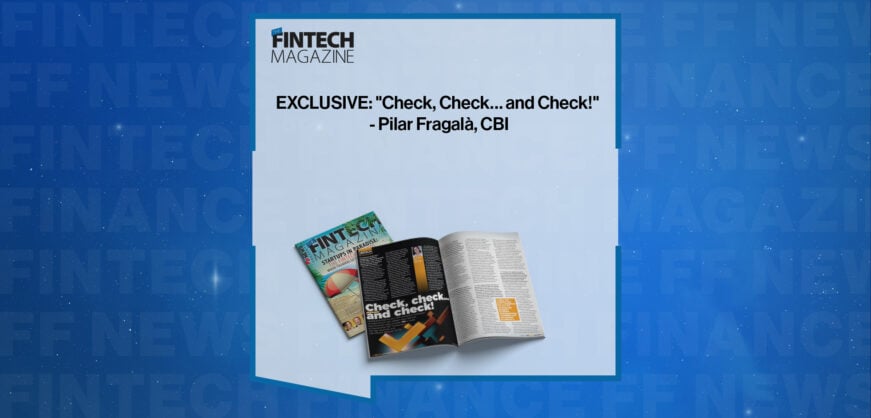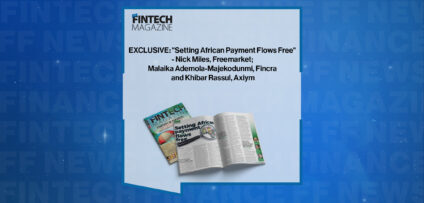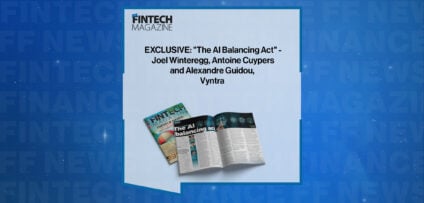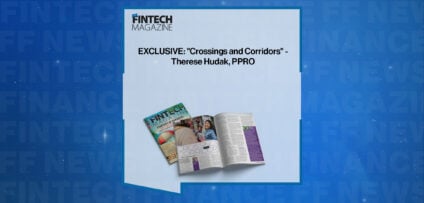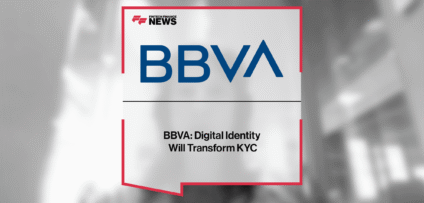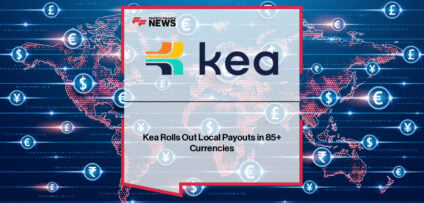Breaking News
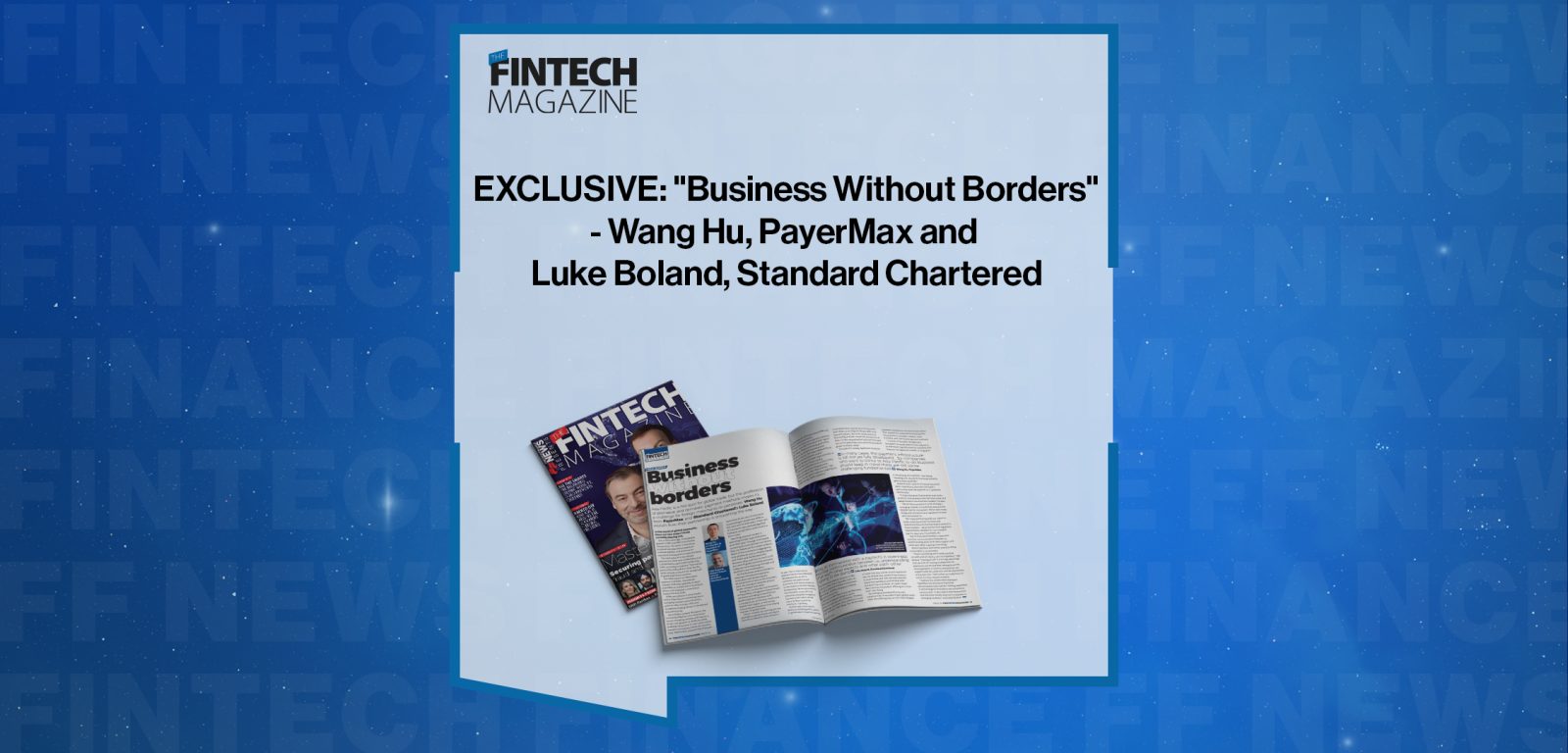
EXCLUSIVE: “Business Without Borders” – Wang Hu, PayerMax and Luke Boland, Standard Chartered in ‘The Fintech Magazine’
Asia-Pacific is a hot spot for global trade, but the proliferation of alternative and domestic payment methods means it’s a challenge for foreign merchants to penetrate. Wang Hu from PayerMax and Standard Chartered’s Luke Boland explain how their partnership is smoothing the way
In the world of global payments, there are two major trends currently playing out. One is the seemingly unstoppable growth in B2C and B2B cross-border transactions. The other is evermore localised and alternative payment methods (APMs), and pressure on merchants and acquirers to cater for them.
The total value of cross-border payments in 2023 was $190trillion and is projected to reach $290.2trillion by 2030, according to Statista. That will be particularly noticeable in Asia-Pacific, which already accounts for nearly half of global payments revenue. The total volume of alternative payment methods, meanwhile, reached $19trillion globally in 2022 and APMs are predicted to constitute 69 per cent of global e-commerce transactions by 2029.
APMs are popular in Asia-Pacific where they play an increasing role in emerging markets and economies, with the likes of Grab, OVO and TrueMoney finding favour in Southeast Asia particularly. According to Juniper Research, the increasing adoption of e-commerce across emerging markets will lead to a 63 per cent growth in APMs by 2029, enabling ‘consumers in non-card-centric markets to purchase online for the first time’. Meanwhile, research by EY shows more than 85 per cent of merchants are planning to accept new APMs in the next one to three years; 70 per cent of merchants also acknowledge that failing to accept them could result in a fall in sales.
“In many cases, the payment infrastructure is still not yet fully developed… So companies who want to come to Asia Pacific to do business should keep in mind there are still some challenging fundamentals “
Reaching external markets is appealing to both large enterprises and SMEs alike. Through more people accessing the internet than ever before, they are able to sell to a wider audience. Much of this commerce is aggregating onto platforms such as Shopify, Square, and Toast, and marketplaces like Amazon, eBay, and Etsy. As much as 30 per cent of global consumer purchases today are estimated to go through such platforms and marketplaces.
All this business without borders is shaping international payments innovation and bolstering the development of new service providers, who are aiming to make the process faster, cheaper and easier. Wang Hu, Co-founder and President of PayerMax, a Singapore-based fintech company providing comprehensive global payment solutions with a strong focus on the Asia-Pacific and Middle East region, is witnessing increasing participation of emerging markets in global trade.
“More markets are coming into the spotlight as global trade and digital commerce become more inclusive,” he says. “But, in many cases, the payment infrastructure is still not fully developed to cater for this. So companies who want to come to Asia-Pacific to do business should keep in mind there are still some challenging fundamentals, like core payment service functionalities, success rate, fraud prevention, chargeback management, and even system uptime. We take care of all these issues for our merchants,” says Wang.
Another way in which paytechs like his are facilitating what he calls the ‘re-globalisation’ of trade is by addressing the challenges for merchants around APMs and domestic payment schemes.
“There has been a rise in domestic payment schemes, especially in the Asia-Pacific region,” says Wang. “Many are driven by government initiatives, wanting to promote greater financial inclusion and reduce dependency on the international payment system.” And potential merchants might also want to consider the role of local currency.
“When we talk about local currency in this region, we talk about emerging market currencies rather than G10 currencies,” says Wang. “So we need to take care navigating this market during volatile conditions.”
Deciding which payment choices to offer customers often drives PayerMax clients to ask: ‘which payment method is mainstream or trending?’. And the company is uniquely placed to answer that.
“We have an MPI licence from the Monetary Authority of Singapore (MAS) as well as licences in Indonesia, the Philippines, Thailand, Hong Kong, and others. That network is crucial to our business,” says Wang. “But we also have a local talent team operating on the ground, which helps us to integrate deeply with local payment systems. We work closely with the local leading e-wallet companies and also local banks. So the network we’ve built over the past four or five years helps us to serve thousands of global merchants today.”
The paytech’s already significant footprint in South East Asia and its recent expansion into the Middle East, where it has licences in Saudi Arabia and UAE, has been greatly helped by PayerMax’s partnership with Standard Chartered bank. It’s taken Payer Max’s service and product offering to a ‘new level’, says Wang.
By leveraging Standard Chartered’s infrastructure, it was able to gain global reach while also offering easy-to-use, fully-fledged payment solutions to merchants that reduce their transaction costs and processing time. Those solution includes e-wallets, bank transfers, and cash-based payment methods.
“In terms of liquidity management, Standard Chartered products also helped us, as merchants typically want to centralise their treasury management in APAC, in Singapore or Hong Kong, for example,” says Wang. “Working with Standard Chartered certainly gave us that capability.”
“Key [to partnerships with a paytech] is openness and clear communication between us, understanding what each other expects and what each other is going to be doing “
Global Fintech Lead at Standard Chartered bank, Luke Boland, describes the bank’s partnership with the paytech as a ‘symbiotic relationship’.
“It helps Standard Chartered to look at the products and solutions that we have today, and adapt those to new business models,” he says. “We’ve had a presence in a lot of today’s emerging markets in South East Asia and the Middle East for many years. We’ve seen many things and we have many regulators to work with and answer to. We enjoy partnering with our clients to really understand their business and understand the activity that they’ll conduct in those markets – what are the local regulatory requirements, whether it’s non-resident, pay-ins, pay-outs, FX controls, etc.
“Key to those partnerships is openness and clear communication between us, understanding what each other expects and what each other is going to be doing.” What PayerMax and similar paytechs bring to the table is connectivity. “That’s something we’re really working on with a lot of clients, such as PayerMax,” says Boland. “Having an API is one huge advantage that we look at. Having multiple APIs for payments and FX and then linking those into local payments in real time [means] we can support with the collection and the distribution of the last mile. That’s what we really focus on across our key network markets.
“I believe the collaboration between PayerMax and Standard Chartered demonstrates both parties’ leading capabilities in technological innovation and compliance construction. It also injects new momentum into the cross-border payment ecosystem in emerging markets,” concluded Boland.
This article was published in The Fintech Magazine Issue 34, Page 36-37
- How USAA Builds Digital Experiences Around Its Members Read more
- Spayce: Organic Growth, Own Tech, New Wallet Read more
- EXCLUSIVE: “Check, Check… and Check!” – Pilar Fragalà, CBI in ‘The Fintech Magazine’ Read more
- BBVA: Digital Identity Will Transform KYC Read more
- Pocket Network Is Pioneering ‘DePIN for Data’ Read more






